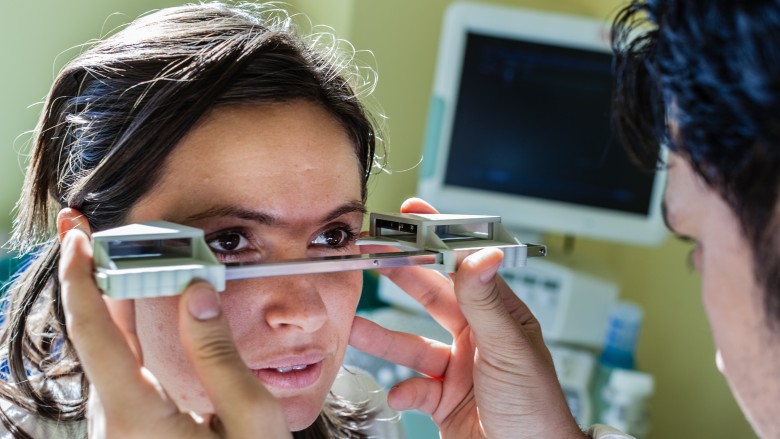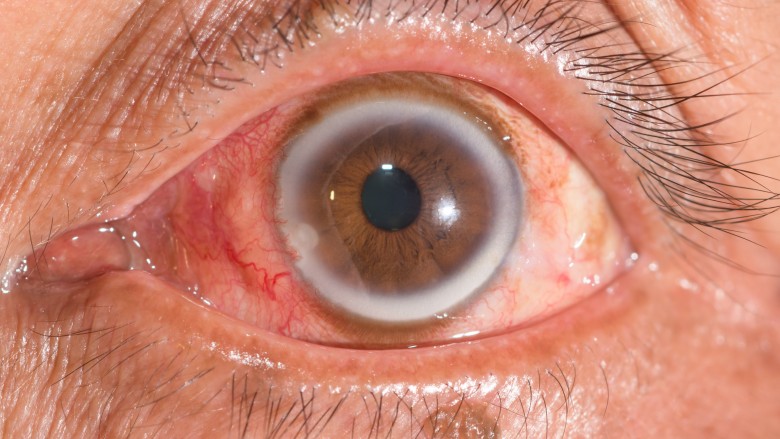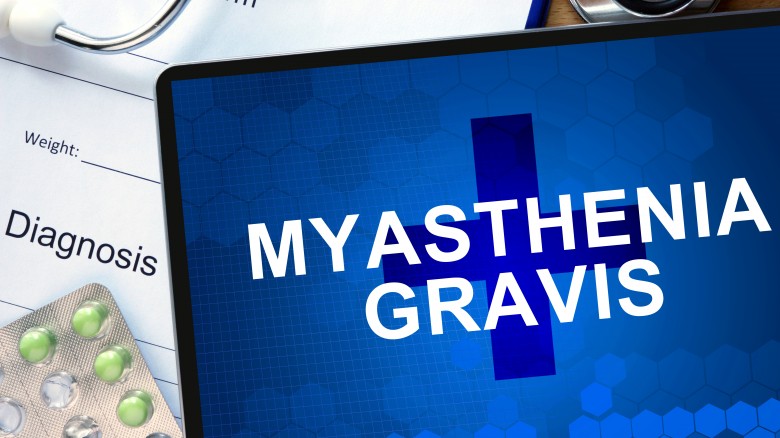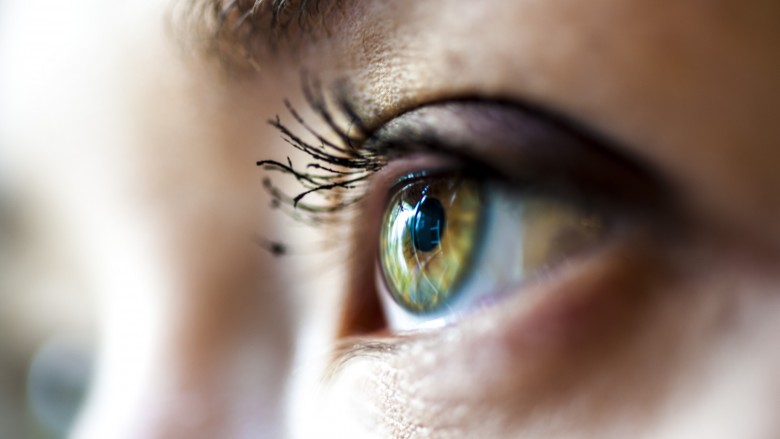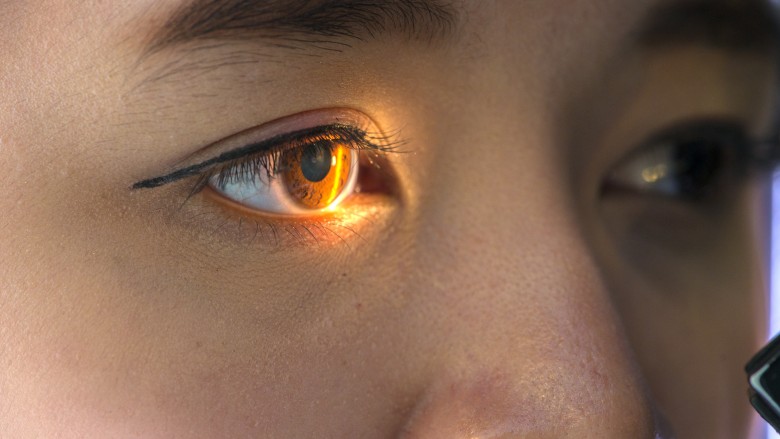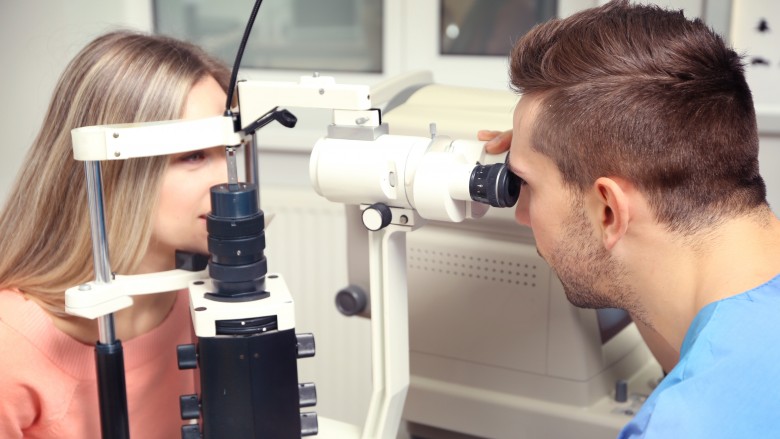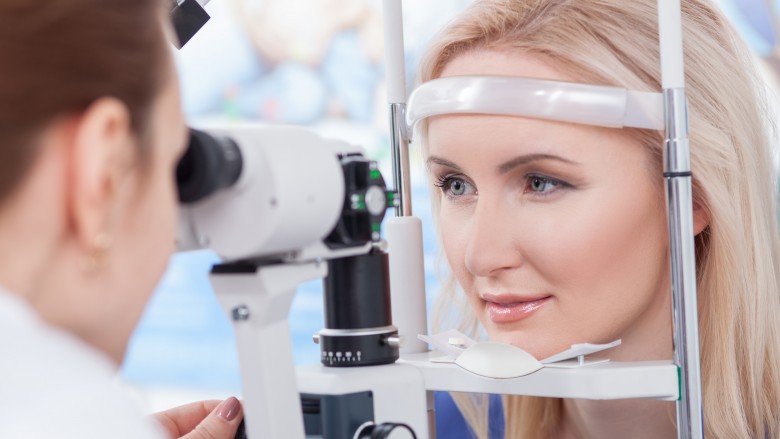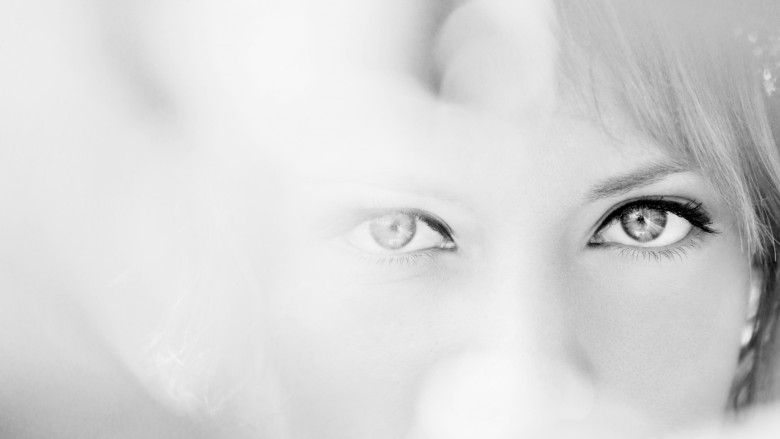What Your Eyes Reveal About Your Health
They say the eyes are the windows to the soul — a truly beautiful expression. Eyes are precious, and keeping them healthy can have a great impact on the quality of your life.
I don't know about you, but I can get rather complacent when it comes to visiting the eye doctor. I tend to make an appointment when I need a new set of glasses, and I rarely think about the health of my eyes. I've come to learn, however, that I am dead wrong in that assumption and plan to make a yearly visit to my ophthalmologist a key component to my healthy lifestyle.
Why? Because it turns out your eyes may warn you of a variety of diseases that you might not even know you have. In fact, your eyes can be a window into the state of your health. Many diseases — some obvious, others less so — affect your eyes. From high blood pressure to cancer, your eyes and vision are vulnerable to a slew of medical conditions. Here are just a few medical conditions that are linked to your eyes.
Bug eyes might indicate Graves' disease
When you look in the mirror, does it look like your eyes are bugging out? Not only is this disturbing, but you might actually have what doctors call exophthalmos, a condition that may very well be a symptom of Graves' disease, a fancy name for an over-active thyroid.
"About 30 percent of people with Graves' disease show some signs and symptoms of a condition known as Graves' ophthalmopathy," notes the Mayo Clinic. "In Graves' ophthalmopathy, inflammation and other immune system events affect muscles and other tissues around your eyes."
Other eye symptoms associated with Graves' disease include a gritty sensation in the eyes, pressure or pain in the eyes, puffy or retracted eyelids, reddened or inflamed eyes, light sensitivity, double vision, or even vision loss.
In addition to the symptoms in your eyes, people with Graves' disease often experience weight loss, nervousness, and a rapid or irregular pulse.
The Center for Disease Control and Prevention says Graves' disease is common among the elderly and women. You don't need to freak out if this is happening to you because it is treatable. If you suffer from any of these symptoms, including bug eyes, please see your doctor.
A grey ring around the cornea
Have you noticed a grey ring around the edge of your cornea, or the colored part of your eye?
The ring, which doctors call corneal arcus or arcus senilis, is often linked to high triglycerides, which can increase your risk for heart attack and stroke. Arcus senilis is caused by fat (lipid) deposits deep in the edge of the cornea.
The condition does not require treatment, but if you notice a ring around your cornea, you should have a blood test to check for elevated blood lipids, especially if you are under the age of 60. High triglycerides can be lowered through a healthy diet rich in grains, fruits, and vegetables, along with exercise and the elimination of sugar, unhealthy fats, and oils, as noted by Healthline.
Sore on eyelid may indicate skin cancer
This may come as a surprise to you, but skin cancer can reveal itself on the rim of your eyelid.
A sore that doesn't heal coupled with the loss of eyelashes might mean you have basal cell carcinoma.
"Patients with basal cell carcinomas most commonly notice a reddish nodule slowly forming on their eyelid," notes the New York Eye Cancer Center. "The tumor is most commonly found on the lower eyelid, followed by the medial canthus (toward the nose) and can occur on the upper eyelid. Eyelash loss (around the tumor) suggests that a tumor is malignant."
If you experience this, do not ignore it and hope it will disappear. Instead, get to your doctor for treatment (because it can be treated) and remember that basal cell skin cancers are not usually fatal. So don't panic, but don't ignore it either because the condition can cause severe disfigurement, blindness, and even death if it reaches the brain through the eye socket.
Getting to a doctor quickly may save your eyesight and even your life.
Droopy eyelids might signal an autoimmune disease
You might have noticed that your eyelids have begun to droop, and gravity might not be the only culprit for sagging lids.
Ophthalmologists say that droopy eyelids on one or both sides can be evidence of myasthenia gravis — an autoimmune disease characterized by severe muscle weakness.
"Myasthenia gravis occurs in all races, both genders and at any age," says myasthenia.org. "MG is not thought to be directly inherited nor is it contagious. It does occasionally occur in more than one member of the same family."
Like any change in your eyes, seeking advice from your doctor can help diagnose diseases that could easily go from being a nuisance to becoming a life-threatening situation. This particular condition can be a potentially fatal disease, but with good medical treatment, you have a much better chance of survival, along with a better quality of life.
Droopy eyelids and different size pupils may indicate life-threatening condition
A particularly dangerous combination of symptoms in your eyes might signal that you are suffering from Horner syndrome.
Drooping eyes coupled with pupils of different sizes might be a clue that you have the syndrome. If you do see this condition when you look in a mirror, seek immediate medical attention because it is sometimes associated with aneurysms and tumors in the neck.
"Horner syndrome is uncommon," notes ophthalmologist Christopher M Bardorf, MD. "No age, sexual, or racial predilections are known to exist. The prognosis and the complications to be expected depend on the underlying cause of the syndrome, as does treatment."
This is definitely one set of symptoms that you should take seriously.
Some diseases can only be discovered by your eye doctor
While some symptoms that affect your eyes and your health are visible to you when you look in the mirror, others can only be seen by an eye doctor. This is why yearly appointments with an ophthalmologist are essential for not only the health of your eyes, but for your very life.
One of those diseases that can be identified only by your eye doctor is HIV/AIDS.
The feared disease can affect your eyes by causing severe and potentially blinding inflammation of the retina.
Don't assume that your eye doctor is there only to help determine the right set of eye glasses or contacts. A routine eye examination might prove to be a life-saving visit.
Your eye doctor can detect high blood pressure in your eyes
During your yearly eye examination, your doctor might find symptoms of high blood pressure in your retina.
The elevated pressure causes tiny blood vessels in the retina to kink and twist, which can be detected by your ophthalmologist when he/she takes a gander in your eyes. Detection of these symptoms is important because it might save you from experiencing a debilitating or even fatal stroke.
If that wasn't scary enough, this condition can also lead to bleeding in the eye, blurred vision, and complete loss of vision. If you suffer any of these conditions, seek immediate medical attention.
High blood pressure is treatable through a healthy diet and, if needed, some medications, so be sure to keep tabs on your heart health and have a yearly physical.
What your eyes say about diabetes
Another common condition that makes its presence known in your eyes is diabetes.
Your ophthalmologist might find tiny hemorrhages in the retina and yellowish deposits of blood fats, known as diabetic retinopathy by doctors, during an eye examination.
"Diabetic retinopahy affects blood vessels in the light-sensitive tissue called the retina that lines the back of the eye," the National Eye Institute notes on its website. "It is the most common cause of vision loss among people with diabetes and the leading cause of vision impairment and blindness among working-age adults."
For those who might not know they have diabetes, a routine eye exam could be the first indication that they have the disease. For those who know they suffer from diabetes, taking care of your eye health is an essential aspect of your treatment because early detection and treatment can reduce the risk of blindness by 95 percent.
Problems with your eyes might be the first sign of breast cancer
Most people think of mammograms when it comes to making a diagnosis of breast cancer. But sometimes, the first indication that you have the disease might come through your routine eye examination or through some changes in your vision.
Surprisingly, malignant tumors from other parts of the body, including the lung and breast, can spread into and around the eyes.
"These tumors may never be discovered unless they affect vision, are visible to the patient, or push the eye forward," notes eyecancer.com.
While most patients with the condition known as choroidal mestastasis have no symptoms, they may experience changes to their eyes and vision depending on the location of the tumor.
For example, if the tumor is within the eye, you may experience flashing lights, floating spots, or other distortion of your vision.
And be aware that you may be at greater risk for choroidal mestastasis if you have a history of cancer, so be sure to include regular eye examinations to protect your eyesight.
Protect your eyes, protect your health
Some of the diseases that can manifest in your eyes are frightening, there's no doubt about it. But the lesson from this look at your eyes and what they can tell you about your health is the importance of regular eye examinations. Early detection of many of these conditions can arm you with the tools you need to get a handle on your health. And remember that early detection may even mean the difference between life and death.
Make a yearly eye examination a priority in your life.

